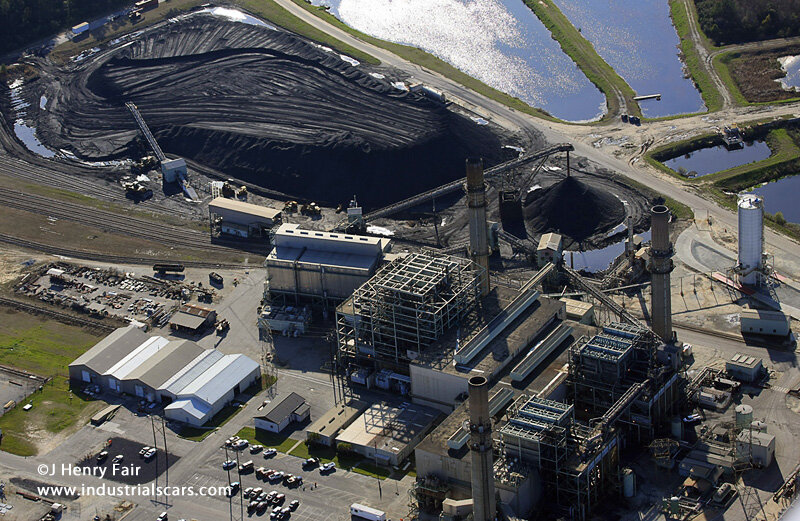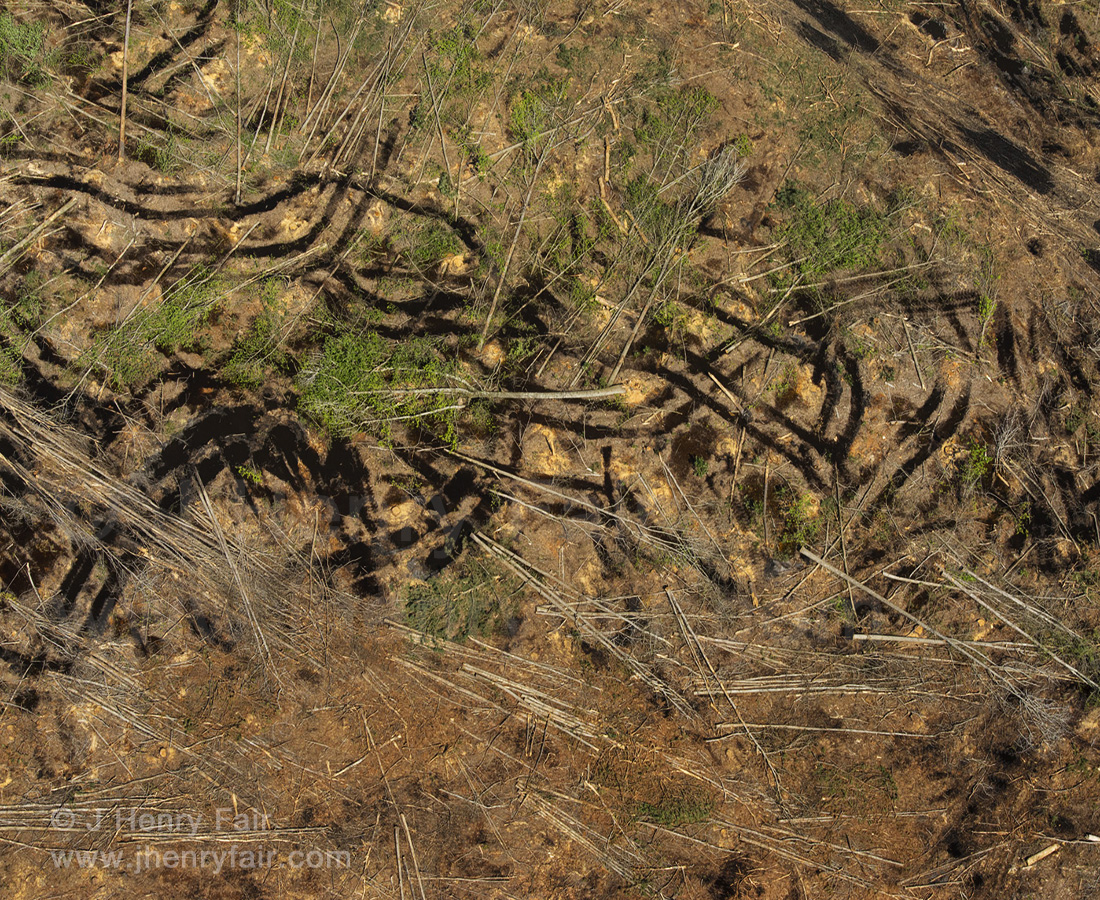Commentary
Deepwater Horizon’s 11th Anniversary, 4/20/2021
When the Deepwater Horizon rig exploded and sank while drilling the Macondo well for BP, I was getting on the plane to Germany for my first big exhibit exhibit there.
I knew immediately that this was a major world environmental issue that I must photograph, but my exhibit could not wait.
On my return to the USA three weeks later, the spill had become like a dream from which we could not awake, and the American public was already tiring of the news. Even so, it was vital for me to shoot for three reasons: the larger story about our dependence on hydrocarbons, my obsession to see it for myself, and I have family in Mobile that I had not seen in years.
The pilot organization SouthWings introduced me to Tom Hutchings, who flew me innumerable times over “the source” and over the impacted wetlands around the Mississippi Delta region.
The Deepwater spill was a crisis of first order, and most of the lessons were wasted. It’s time to establish our low-carbon energy future. Every government in memory has parroted the truisms that we must wean ourselves from oil and graduate to sustainable energy sources, and then proceeded with business as usual.
But if we want change, we must demand it.
The solutions are there. Time for a new Carbon Deal.
The Gas Bubble
Market bubbles come and go, but they all have things in common: a few people get rich, a lot of people get taken, and a mess is left for the taxpayers to clean up. To understand the hydro-fracking bubble, there are some things one must know: each well only produces a little gas (and exhausts relatively quickly), reserves were significantly overstated at the beginning of the game, and most important: Wall Street is very invested and wants its money out.
The devastating environmental effects of the process are well documented, and not the subject of this essay (water depletion, water pollution, habitat and farmland destruction, and significant climate change impacts).
Hydro-fracking drill sites during drilling process with drilling slurry containment pond
The process of fracturing rock to create a cavity in a thin layer of shale, deep under ground, to extract the gas trapped in cells there does not create a large pocket. So, only a small amount of gas is produced, and the well is exhausted quickly. Given the low volume of gas produced by a single well, sustained supply depends on the production of many, many wells, which means many leases must be signed with landowners. As the gas rush caught on, there was a big push by gas drillers to sign as many leases as possible, as these “reserves” increased the company's value, and thus its stock price. When those leases began to come due, they had to be exercised, or else they would expire, thus increasing the market glut.
In any resource extraction rush, the easily obtained reserves are the first to be taken, and as they dwindle, more difficult and expensive assets are pursued until such time as extraction cost plus profit exceeds market cost, at which point extraction ceases.
Hydro-fracking site with drill rig next to pond, cut out of forest
The Energy Information Agency has predicted that the USA will shift much its energy production to natural gas in the coming years, based on the imagined plentiful supply, and clean combustion characteristics of this fuel. With the sudden oversupply brought on by the hydro-fracking rush, the price of natural gas has plummeted with numerous consequences. Most alarmingly, the bottom has dropped from the sustainable energy markets, as gas has became cheaper than wind or solar, which have already become competitive with oil and coal. Given the low price, and the EIA predictions of plenty in the future, many industries have placed significant investments on gas-fueled technologies. Last year, the USGS significantly lowered its estimate of recoverable gas in the East Coast shale deposits to at least one twentieth of their previous estimates, upon which the gas bubble was based. But as the money was already invested, there is little discussion of this.
The oversupply of gas in the USA has driven domestic prices to about a fifth of the worldwide average, a situation that can only be temporary. Last week, a pump on a gas pipeline supplying Britain from the continent failed, causing a 50% spike in wholesale gas prices. Though it was not revealed at the time, Britain, suffering an unusually cold winter, was down to a two day supply of gas. This week it was announced that a US gas company had signed a contract to supply hydro-fracked gas to Britain, starting in 2018, in the form of liquid natural gas, via tankers loaded in Louisiana.
Liquid natural gas compression terminal
The Keystone XL pipeline, proposed to carry heavy crude oil from northern Alberta to refineries in Texas, figures into this equation as well. Canada was formerly the largest supplier of natural gas to the USA, but the tar sands operations consume a tremendous amount of natural gas in the processing of that dirty crude, thus eliminating that supply.
Oil sands upgrader in Alberta
In the last few years, the EPA has finally enacted air quality regulations that will force electricity utilities to either retire or upgrade the most dangerous coal fired power plants. Many of these utilities, taking into account the projections of future gas supplies, and current USA market price of gas, are converting their electricity production to natural gas. In 2000, the USA produced 51% of its electricity with coal, and 16% with gas; in 2010 the ratio was 44.5% and 24.1%, and the trend continues.
Coal fired power plant in SC, soon to be retired
So let's add up all of these facts and draw a few conclusions:
tremendously overstated supplies
an overstatement upon which bankers make large investments
increasingly expensive and difficult reserves remain for extraction
commitments in place to sell gas overseas in markets with higher prices
numerous domestic industries (especially electric utilities) implementing technologies to utilize the erroneously projected plentiful, cheap gas supplies
coal powered electrical generation converted to natural gas to avoid the expense of adding pollution controls
Wall Street wants its money back before the bubble bursts, so the pressure is on the gas companies to keep drilling wells and producing gas to pay the interest on the loans.
So where will that leave us, the average citizens in the USA?
The first thing that will affect all of us will be a tremendous spike in electricity prices in the next few years as US natural gas prices equalize with world market prices, which will have risen from current levels due to the voracious demand of Europe, Asia, the tar sands, and diminishing world supplies. More importantly, we will be faced with depleted and polluted groundwater, and tremendously degraded farmland here at home as we rushed to keep the bubble inflated.
Farm with four completed hydro-fracking well pads
Burning Forests For Electricity?
A Crazy Story
It starts with a sketchy concept that developed into policy, then a whole economy.
The European Union subsidizes the burning of Biomass for electricity by giving carbon credits.
The idea was to promote the use of wood and paper and agricultural waste to make electricity
But the there is not enough of this waste.
So the argument was made that burning a tree and planting a tree is “carbon neutral”.
This is wrong on numerous levels: trees absorb far more carbon when they are mature, the soil is one of the largest carbon sinks, and that carbon is released when the ground is churned by heavy machines, and we must stop emitting carbon now.
Another argument against cutting old trees for biomass generation is the destruction of animal habitat.
To find enough fuel for these power plants, we are now cutting down forests.
A big part of deforestation to fuel the European biomass generation is happening in North Carolina and Alabama. Tremendous investments are being made to build new pelletizing mills.
While driving the back roads of Alabama, I came across a broken-down logging truck. These are regular folks who are just making a living, and have no knowledge of their connection to this crazy chain of destruction.
What is Molybdenum Anyway?
The molybdenum mine, my patient pilot Stephanie explained to the flatland photographer, is at the top of a long high valley. This Cessna does not have a pressurized cabin, and thus cannot fly over the mountains to approach it from the north where we are, and thus cannot be done on the same day as the power plant and coal mine I wanted to the west…. And she was not sure she could do a second day.
The fracking sites, which were such a current topic in the region, persuaded me to stick with the plan and hope the molybdenum would come later.
Fortunately, Stephanie was able to make another day free, and we were again blessed with “bluebird” weather. In the mountains it was cold, still snow on the ground, so when we arrived at the mine, the colorful waste impoundments were partially covered with snow. In the end, one does the research, makes the plans, then makes the best of the situation as it develops, usually with some mix of surprises. In fact, the bit of colorful waste revealed under the snow was pretty interesting.
We circled a number of times till i felt that I had captrured the composition i had foreseen, and Stephanie, ever flying in the mountains with a light load of fuel, was anxious to get down to a lower altitude air field with petrol.
The other constant gremlin of this work is equipment. Digital photo equipment is constantly improving, requiring ever changing equipment. I had bought a new, highly touted zoom lens, but sensed that the auto-focus was not performing immediately and precisely as it must do, a problem that could only be seen on a computer at full resolution.
Once we were on the ground, I rushed to download into a computer and look at the pictures, which were slightly soft as I had feared. I explained the situation to Stephanie, who, with small complaint, immediately agreed to go up and do it again.
Thank you LightHawk for your great pilots and great work on the environment.




















